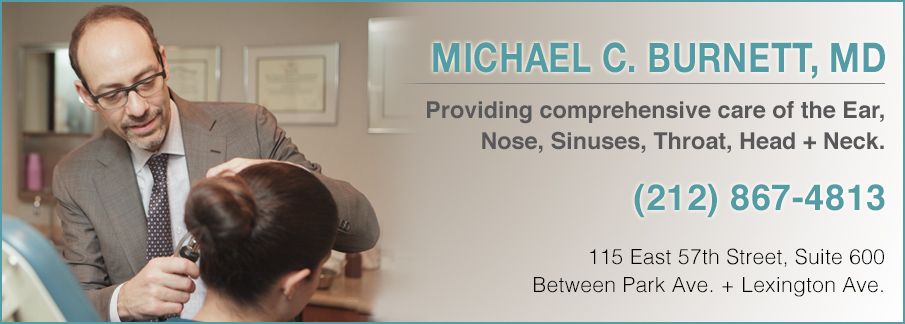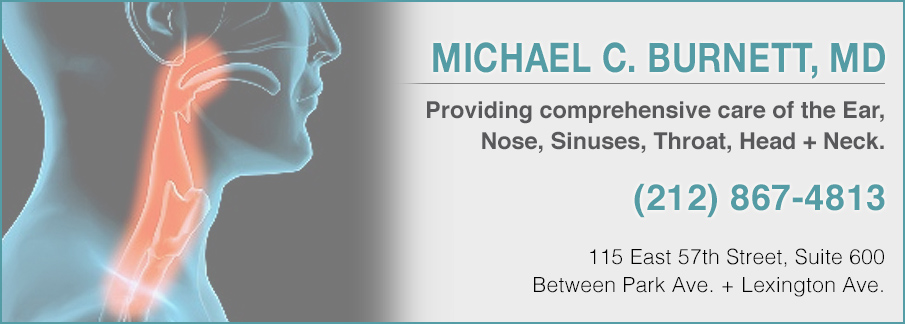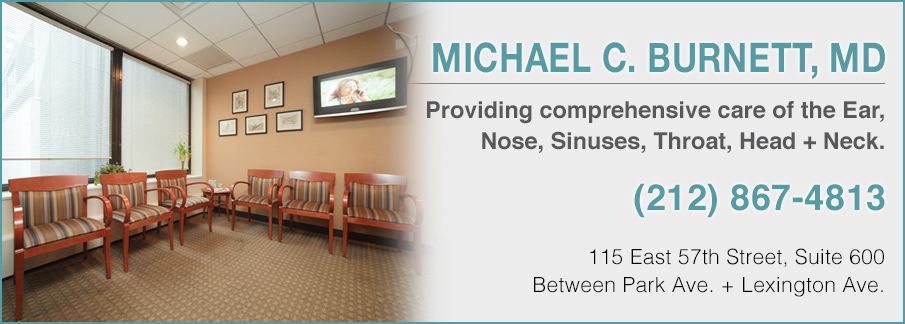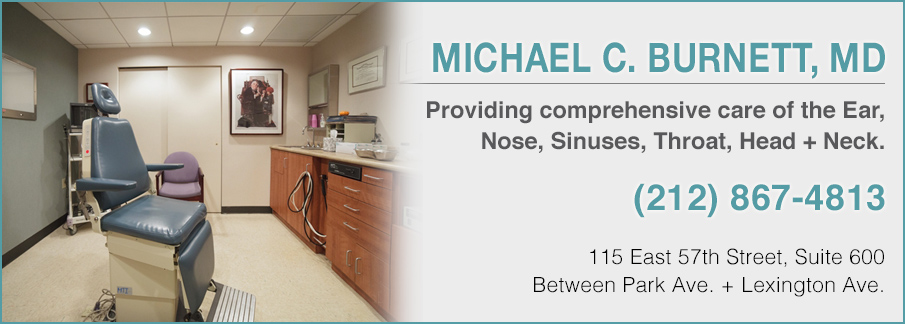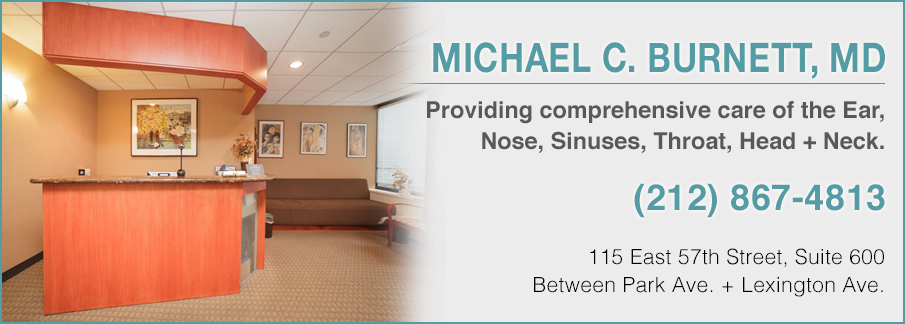Hearing loss is a very common condition that occurs mostly in people of an older age. Most people of aged between 65 and 75 experience hearing loss to some degree. Many causes can result in hearing loss; therefore, the diagnosis of these issues can be a bit tricky. Before we talk about the various causes of hearing loss, you should understand how we hear sounds.
How Do We Hear Sound?
Sound presents itself in the form of sound waves. These sound waves are vibrations that travel in the form of a wave. When the sound wave enters our ear, it hits the eardrums. Eardrums form the membrane of the middle ear and vibrate when hit by sound waves. This vibration by the eardrum passes on the ossicles, which are three bones, located in the middle ear.
After the vibrations pass to the ossicles, they play their part by amplifying the vibrations, so that the cochlea can sense them. These are tiny hair-like cells that move as soon as the vibration strikes them. The brain processes their movement through the auditory nerves as a form of signals. Furthermore, the brain interprets these signals into sound and that is how a normal functioning person perceives sound.
Types of Hearing Loss
There are three different types of hearing loss, Conductive hearing loss, Sensorineural hearing loss, and mixed hearing loss. Let us discuss them in further detail.

(Source)
Conductive Hearing Loss
If you suffer from a conductive hearing loss, it means that there may be something blocking the sound waves from passing into your inner ear. To hear a sound, the vibrations need to pass through the outer ear and reach the cochlea. Some causes that prevent it from happening include:
- Earwax: the excessive build-up of earwax can be a major reason for causing hearing loss since it can act as a blockage. Usually, earwax will not cause blockage, and in case it does, make sure to book an appointment with a professional.
- Inflammation in the ear: Some ear inflammation causes fluid to buildup in the internal parts of the middle ear. This excessive mass can cause conductive hearing loss. Furthermore, ear infections can be acute or chronic. Acute inflammation is common among people with flu, and is less serious than chronic inflammation. Chronic inflammation can cause permanent damage to the inner ear.
- A defective ear: A malfunctioning eardrum means that the cochlea is unable to receive sufficient vibration, hence the conductive hear loss. Furthermore, hearing loss can also result from the malfunction of the ossicles. The impairment of ossicles and eardrums results from trauma in the form of infections or injury.

(Source)
Sensorineural Hearing Loss
This hearing loss occurs because of inner ear malfunction. It is most commonly a result of the loss of hair cells in the cochlea. When a person grows older, their body goes into deterioration mode and they may experience sensorineural hearing loss due to the loss of hair cell function.
Other times a person can damage their hair cells from overexposure to loud noises. High-frequency sounds can cause critical harm to your hair cells. Furthermore, you cannot replace damaged hair cells.
Other causes of hair cell damage include congenital deformities, which are physical abnormalities that a person has since birth. Furthermore, sensorineural hearing loss can also result from head trauma, brain tumor, or inner ear infections.
Mixed Hearing Loss
Long-term ear infections can cause damage to the outer and inner ear. In these instances, a person can suffer from both, conductive and sensorineural hearing loss. This is what you would refer to as a mixed hearing loss.
What Factors Can Put You At Risk?
Several factors may put you at risk of hearing loss. These include:
- Loud Noises: loud noises can be critical when it comes to hearing loss. Exposing your hair cells to high-frequency vibrations is never a good idea. Therefore, you should always be careful of partaking in activities, which involve loud noises. Such as concerts, construction work, or firearms.
- Aging: over the years, once you start getting old, your inner ear may start to degenerate.
- Medication: Some drugs tend to cause damage to the inner ear. These include certain chemotherapy drugs. While other drugs such as certain painkillers, antimalarial drugs, or loop diuretics may cause temporary hearing loss.
Treatment
People who suffer from the various types of hearing loss can receive help. However, a person with sensorineural hearing loss may never recover their hearing back. Despite that, many treatments and techniques may help people with hearing loss. These include hearing aids and cochlear implants.
All About Hearing Loss: Consult ENT Doctor Michael Burnett, MD
Once you know the factors that put you at risk of hearing loss, you can avoid them. Keeping your ears healthy involves a little bit of maintenance from your side, along with frequent checkups by the doctor. If you have questions regarding hearing loss, contact Dr. Michael Burnett in New York at 212-867-4813 for expert consultation.

